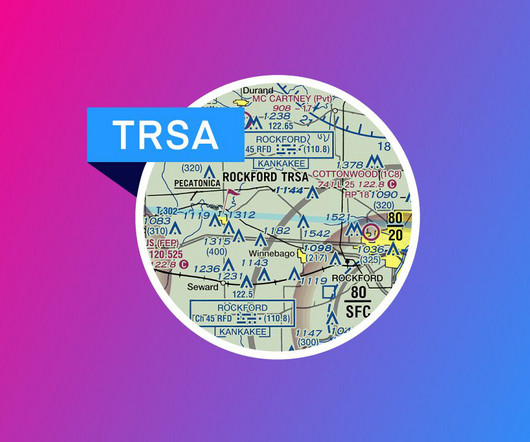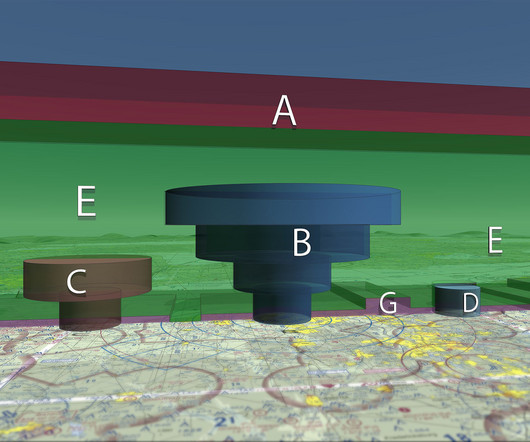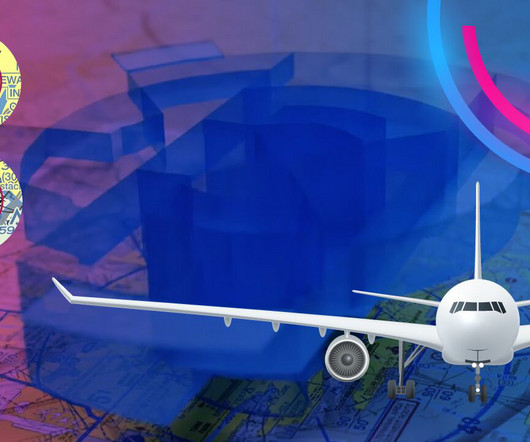TRSA Airspace Explained (Terminal Radar Service Area)
Pilot Institute
FEBRUARY 1, 2025
These services include traffic advisories and sequencing of arrivals and departures for aircraft operating under both Instrument Flight Rules (IFR) and Visual Flight Rules (VFR). In Class B airspace, both IFR and VFR traffic require ATC clearance to enter. Heres the kicker.



















Let's personalize your content